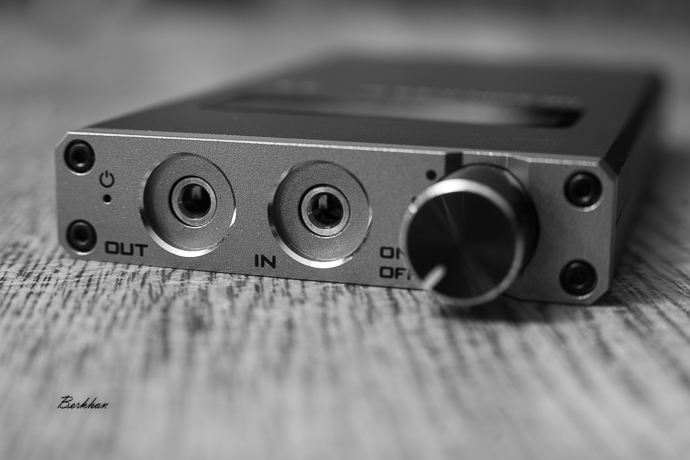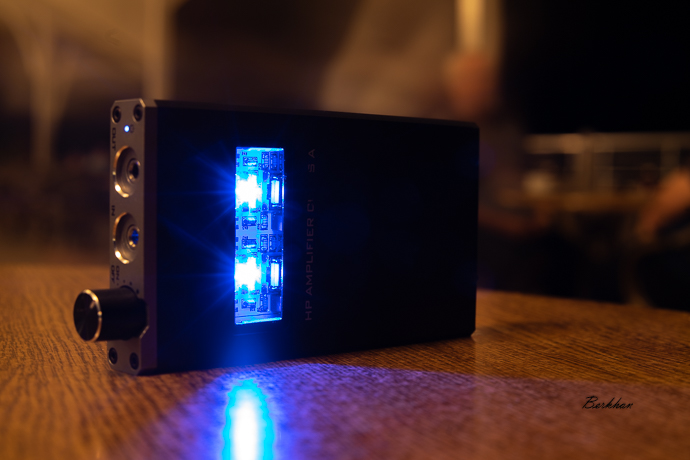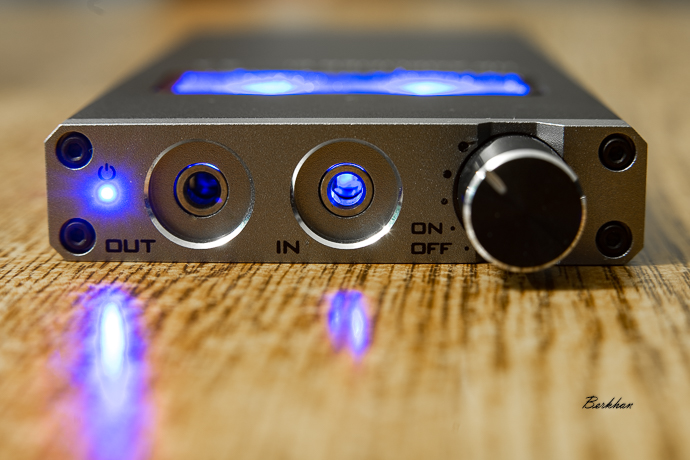Today we share the full review of the $199 USD Dethonray HA-2 Class A portable amplifier with our readers.
Disclaimer: The Dethonray HA-2 was arranged for us directly by Dethonray. The MSRP for this amplifier is around $199 USD. Dethonray is not an advertiser. I tested the amplifier with Oriolus DP100 (mostly), the Dethonray DTR1 (obviously), and the Astell & Kern SP2000.
About Dethonray
Dethonray currently is a very boutique brand and the DTR1 Audio Player was their first child as a complete end-user product. And some product that is. It deserved an award from us to be one of the best DAPs available, especially for its price. You can check that review just below and I suggest not to miss it.
Anson Tse is the man behind Dethonray, and he has huge experience in terms of audio processing. He believes that the universal designs in the market are not good for high-fidelity, so he came up with his own. The same goes for his amplifier designs and I hope he continues to do the same.
The “DethonRay” name is actually coming from a violin record Anson had listened to. The bass violin -to him- was very nice in the recording, and the recording itself was named as “Dethon”, so he thought about using the name. After some time he decided to add the “Ray” part to the end.
Giving life to your music collection is the one and only objective for every Dethonray product.

About HA-2
Dethonray HA-2 is a portable headphone amplifier with a Class A design. It utilizes the OPA627 in its circuitry for left & right channels each. The amplifier has a constant current passage and there’s no class AB amplifying circuitry crossover, hence no distortion. It’s a true Class A design top to bottom.
The output impedance just under 0.1 Ω. The amp also has four power transistors to drive almost every headphone available. It officially supports 16 – 600 Ω impedance headphones. There are also two 680pF WIMA thin film capacitors to ensure excellent performance and timbre quality. The battery life is claimed as 8 hours.
So this is an amplifier that checks a lot of boxes and it seems very capable on paper. Does it perform great in real life as well? Let’s find that out.
Design
Just like the already famous DTR1, the HA-2 has a highly practical, no-nonsense approach with an industrial and somewhat raw design language. It’s not fancy or anything spectacular, but it gets the job done.
On the front panel, you have a 3.5mm input and a 3.5mm output side by side. There’s a power LED on the left-hand side and on the right, you have a volume pot that feels good and sturdy. The back panel has a DC charging socket and a gain switch.

The amp has a small glass window that exposes a small portion of the PCB and two shining blue LEDs when the device is switched on. Those lights make an impression like the amp is actually a tube amp, but it’s not. It still looks cool and authentic. However, the device does not wow you at face value but that’s not a surprise from Dethonray. The DTR1 never looked flashy, but it sounds incredible.
Build Quality
The material used for the chassis is a light-weight aluminum alloy, which helps to reduce EMI. It also allows the device to be light in the hand, which I can confirm. Overall the amp feels very rigid and sturdy. A light-weight design usually feels cheap with these kinds of devices, but I can say that this is not the case with the HA-2.
Sure, it feels a bit visceral and raw but you pretty much get used to it with time, and you appreciate the light-weight design. The device feels sharp and ready to receive any kind of blow. However, I suggest you protect it from possible scratches since this rectangular shape with the aluminum finish is prone to those.
The volume pot has a good sense of rotation and good feedback. From distance, the HA-2 may seem very basic, but when you have it into your hands, you can feel the design actually is thoughtful. The device is built very well. However, the printing tends to go away with time and contact with other devices.
The review continues on PAGE 2 by clicking here using the page numbers below









Aaron
You might now know Dethonray but you certainly know hifiman’s HM801/901. This guy engineered them. He has experience.
Lacas
hi, thx for the great review 😊 is it worth to use it with the iBasso Dx160? what are the sonic benefits?
Rok Balaban
I sincerely doubt this is actually a class A amp.
The hallmark of an class A design is horrible inefficiency as the current has to be fully biased above zero, so the amp basically always works at 100%, regardless of the volume setting. (Actually at higher volumes, it gets a bit cooler, as some of the energy is dissipated as sound, so less is converted into heat.)
The Aune BU1 is class A. (But only claims a tenth of the power into 32ohms)
The Cayin C9 can be class A. (But it claims a shorter playback time at twice the power into 32ohms, even though it has *five* times the battery capacity.)
They both get seriously hot.
I think this one is just this (https://www.aliexpress.com/item/1005002547086721.html) in a fancier package.